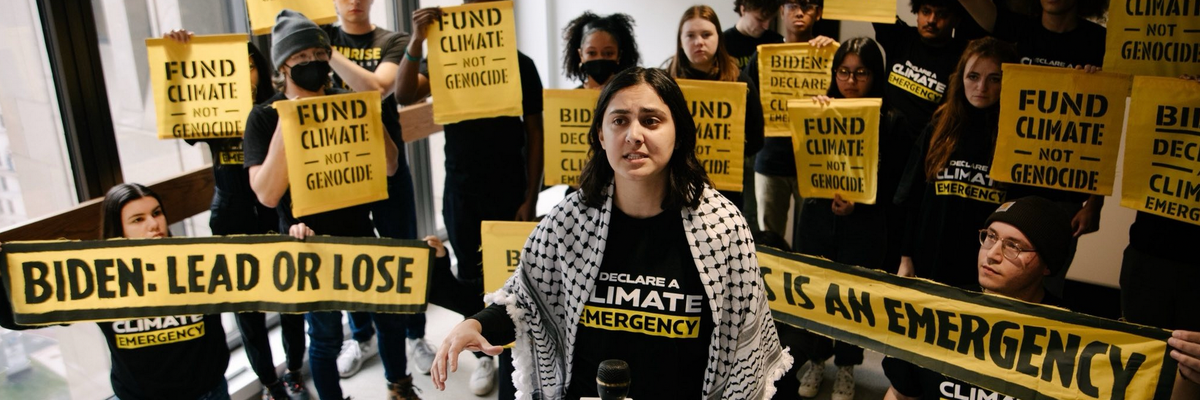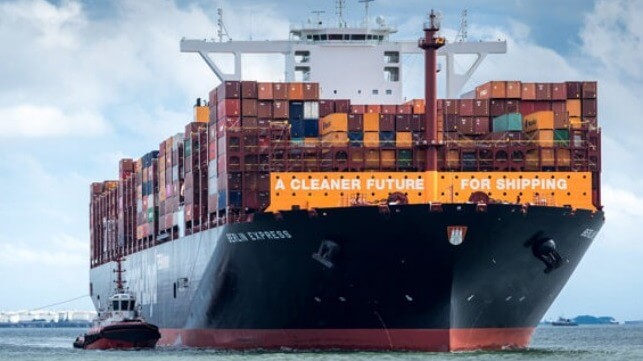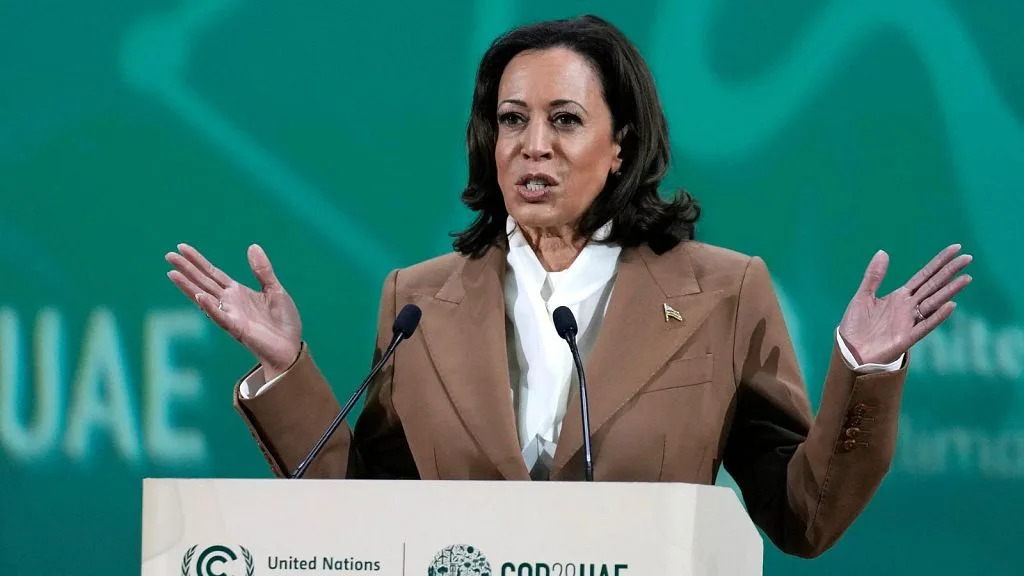In the heart of oil and gas operations lies a practice as old as the industry itself: Natural gas flaring. This process, which involves the controlled burning of excess natural gas produced during oil extraction, has been a mainstay for decades. While it might appear as an unavoidable byproduct of oil production, natural gas flaring casts a long shadow of environmental consequences that demand our attention.
From contributing to climate change through the release of potent greenhouse gases to impacting local air and water quality, the repercussions of flaring are far-reaching. It's a practice that not only squanders a valuable energy resource but also poses risks to human health and ecological balance. As the world grapples with the urgent need to transition towards cleaner energy sources and mitigate climate change, the spotlight on natural gas flaring intensifies. It begs the question: is it truly a necessary evil, or can we find sustainable alternatives?
What is Natural Gas Flaring?
Natural gas flaring is the deliberate combustion of natural gas that is deemed uneconomical or impractical to capture and utilize. This excess gas, often found alongside crude oil deposits, poses a challenge due to its gaseous state, making it difficult to store and transport compared to liquid oil. In the absence of adequate infrastructure or viable markets for this gas, flaring becomes the default solution.
The process typically involves igniting the gas at the wellhead, creating a towering flame that illuminates the night sky. While seemingly simple, this act releases a cocktail of pollutants into the atmosphere, including carbon dioxide, methane, and other harmful substances.
As we delve deeper into this complex issue, we'll explore the environmental and economic impacts of flaring, the ongoing efforts to reduce its prevalence, and the innovative solutions that offer a glimmer of hope for a cleaner energy future.
How Does Natural Gas Flaring Happen?
Natural gas is often found alongside crude oil deposits. When drilling for oil, natural gas is also extracted from the ground. However, unlike crude oil, which can be stored and transported easily, natural gas is more difficult to transport and store due to its gaseous state. This is where natural gas flaring comes in.
During oil drilling operations, natural gas that cannot be captured or transported is burned off at the well site. This process involves igniting the natural gas as it exits the wellhead, resulting in a bright flame that can be seen from miles away.
Environmental Impact of Natural Gas Flaring
Natural gas flaring has a significant environmental impact. The most obvious is the release of greenhouse gases into the atmosphere. Methane, the primary component of natural gas, is a potent greenhouse gas, significantly contributing to climate change. According to the World Bank, global gas flaring resulted in the emission of approximately 400 million tons of CO2 equivalent in 2022, contributing to global warming and climate change.
Flaring also impacts air and water quality. It releases pollutants such as carbon dioxide, nitrogen oxides, and sulfur dioxide, which can harm human health and the environment. Additionally, flaring can contribute to light and noise pollution, affecting wildlife and ecosystems in the surrounding areas.
Economic and Social Impacts
Besides the environmental concerns, gas flaring represents a substantial waste of valuable energy resources. The World Bank estimates that the value of gas flared annually is around $40 billion. This wasted gas could be used to generate electricity, provide heat, or be utilized as feedstock for various industries.
In developing countries where flaring is prevalent, the economic and social impacts can be particularly severe. The loss of potential revenue from gas utilization can hinder economic development, while the environmental pollution from flaring can disproportionately affect vulnerable communities.
Reducing Natural Gas Flaring
There are several solutions being implemented around the world aimed at reducing or eliminating natural gas flaring.
Build More Pipelines
One solution involves capturing and transporting excess natural gas instead of burning it off at the wellhead. This requires building new infrastructure, such as pipelines or liquefied natural gas (LNG) plants.
Use Microturbines To Produce Power
Another approach is the use of microturbines, which can generate electricity from excess natural gas that would otherwise be burned off. These small turbines are highly efficient and can provide power for various applications such as remote oil rigs or pipeline operations. This solution not only reduces greenhouse gas emissions but also provides a cost-effective way to produce electricity in areas where traditional grid connections may not be available.
Flare-gas-to-liquids (GTL) technology: This innovative technology presents a groundbreaking solution to mitigate gas flaring and foster a greener energy landscape. By transforming waste gases generated from flaring into valuable liquid fuels like diesel, gasoline, or jet fuel, GTL provides a practical and sustainable use for excess natural gas. This process not only significantly reduces greenhouse gas emissions but also contributes to a circular economy by repurposing a previously wasted resource.
Carbon Capture and Storage Technologies
Some oil companies are using carbon capture technology to capture carbon dioxide emissions from natural gas flaring and store them underground. This approach not only reduces greenhouse gas emissions but also promotes carbon sequestration, which can help mitigate climate change impacts.
Bitcoin Mining
Bitcoin mining has been a controversial topic due to its high energy consumption and potential environmental impact. However, some bitcoin miners are using their operations to help reduce natural gas flaring. These miners are taking advantage of the excess natural gas that is often burned off at oil drilling sites by using it to power their mining rigs.
By using this excess natural gas, bitcoin miners are not only reducing greenhouse gas emissions from flaring but also providing an alternative use for a resource that would otherwise go to waste. This practice has gained traction in areas where natural gas flaring is common such as Texas and North Dakota, where bitcoin miners have partnered with oil companies to access excess natural gas.
Success Stories
While the challenges posed by natural gas flaring are undeniable, success stories from around the world demonstrate that progress is possible. These examples highlight the power of innovation, collaboration, and effective policymaking in driving flaring reduction and promoting a more sustainable energy future.
Let's explore two such stories that illuminate the path towards a world with minimal gas flaring.
The United States: A Model of Progress
The United States stands as a testament to the potential for significant flaring reduction through concerted efforts. A combination of technological advancements, regulatory measures, and market-driven initiatives has spurred remarkable progress in curbing flaring, particularly in regions like the Permian Basin.
Historically, the Permian Basin in Texas and New Mexico was notorious for its high levels of flaring due to a lack of adequate infrastructure to capture and transport associated gas. However, recent years have witnessed a dramatic shift. The expansion of pipeline networks, coupled with the adoption of innovative technologies such as microturbines and mobile gas processing units, has enabled the capture and utilization of a greater proportion of associated gas, significantly reducing flaring intensity.
Regulatory measures have also played a crucial role. State-level regulations, coupled with voluntary industry initiatives, have incentivized companies to minimize flaring and invest in gas capture and utilization projects. This multi-pronged approach has yielded impressive results, showcasing the potential for substantial flaring reduction even in challenging operational environments.
Nigeria: Leading the Way in Africa
Nigeria, once plagued by rampant gas flaring, has emerged as a leader in flaring reduction efforts on the African continent. The Nigerian government has demonstrated a strong commitment to tackling this issue through a combination of regulatory measures, policy reforms, and collaborative initiatives with industry stakeholders.
The Gas Flare (Prevention of Waste and Pollution) Regulations 2018, a landmark piece of legislation, imposes stricter penalties for non-compliance and encourages companies to invest in gas utilization projects. Additionally, the government has fostered partnerships with international organizations and oil companies to develop infrastructure and facilitate gas utilization projects.
These efforts have translated into tangible progress. Nigeria has witnessed a significant decline in flaring volumes, contributing to improved air quality, reduced greenhouse gas emissions, and enhanced economic opportunities. The Nigerian experience serves as an inspiration for other countries grappling with flaring challenges, highlighting the importance of strong political will, effective regulatory frameworks, and collaborative partnerships in achieving sustainable solutions.
Conclusion
Natural gas flaring remains an issue for both industry stakeholders and environmentalists alike, given its negative impacts on climate change through GHG emissions, among others.
The good news, however, lies in global efforts towards reduction through innovations like micro-liquefaction technology while regulatory measures continue playing their role towards environmentally sustainable practices within this sector.
Many countries and companies are taking action to reduce flaring and implement sustainable practices. As technology continues to advance, we can expect even more innovative solutions. It's important that everyone plays their part in protecting the environment and reducing greenhouse gas emissions. With continued effort and collaboration, we can create a cleaner, greener future for generations to come.
By Michael Kern for Oilprice.com







